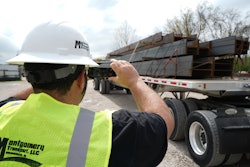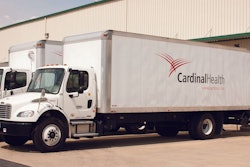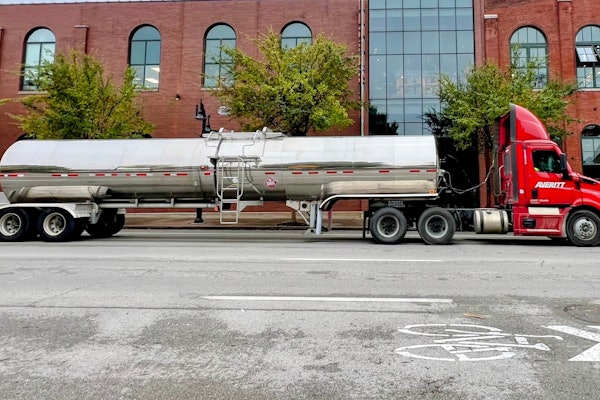
Most transportation and logistics companies had a digitalization strategy before the COVID-19 pandemic, but the implementation was moving at a snail’s pace.
“The pandemic sped up the rollout of these plans,” said Matthew Waller, dean of the Sam M. Walton College of Business at the University of Arkansas. The expedited rollout caused what he describes as “forced experiments” with technology.
Grocers, for example, had to quickly implement new digital processes for customers to order and pickup orders. Many local retailers had to quickly move to online channels for their customers to make purchases and pick up their goods curbside. All of this and more has moved the transportation and logistics industry in many different directions, he said, in ways that “nobody could have anticipated.”
“There were more experiments in the past year in supply chain and logistics management than the past 50 years combined,” Waller emphasized.
Waller sees the possibility of another dot.com bubble from companies purchasing technology for technology’s sake to adapt to changes during the pandemic. He recommends taking a step back and looking at what processes can be automated and improved with technology, especially processes that can benefit the end customer.
Accelerating trends in technology
Professor Waller participated in a webinar hosted last month by Zuum Transportation, a digital freight broker that connects shippers, trucking companies and other freight brokers on a common platform.
Several transportation and logistics executives participated in the webinar and shared how the pandemic has changed their digitization strategies. During the past year, the technology needs of less-than-truckload carrier Estes Express Lines have largely stayed the same, but have been accelerated. The company’s largest costs, pre- and post-pandemic, have been labor for drivers and dock workers, said Pat Martin, vice president of corporate sales and strategic planning.
[Related: Going from paper to digital critical for trucking success]
The company has been looking more closely at technology that will create more capacity by optimizing pickups, deliveries and linehauls. “Our goal is to automate processes that help them do their jobs better,” he said.
The company also has been working on projects that will give its customers better visibility of shipments in its network and more self-service tools.
“The big challenge is capacity, and better visibility into what is happening across our network,” he said. “In this day and age it is really important to move fast. Things change so quick in this industry.”
Given the need for speed, Martin suggests using “minimally viable” products to solve today’s problems with the expectation that technology can be made better over time to keep up changes. Simple solutions are easier for users to adapt, he said, by making their lives easier.
Every company, including Estes, is currently wrestling with how to bring people back to the office to work, and Martin cited a study that found close to 60% of people who are now working from home want to stay at home.
“We are going to see a massive shift in how people work in the future. I don’t think there will be one common way people do things,” he said.
Offering a shipper’s perspective, Dan White, vice president of strategic initiatives at Coca Cola, said the main cost driver for transportation and logistics is the company having to “stitch together” the different pieces of its supply chain, from the first to the final mile.
“We are going to be looking for holistic solutions that stitch these things together. The faster the industry can do that the better we will be,” he said.
As a freight intermediary, BNSF Logistics is looking at technologies to help reduce its labor costs for sourcing capacity, and is focusing on robotic process automation (RPA), artificial intelligence (AI) and machine learning.
“The biggest challenge in the industry is knowing, and having visibility, to match the best load to best carrier to do that load,” said Robert Sutton, executive vice president of innovation for BNSF Logistics.
Bobby Harris, chief executive of BlueGrace Logistics, a Tampa, Fla.-based freight broker and third-party logistics provider, said the biggest industry challenge is predicting freight markets during the pandemic. The uncertainty has created opportunities for the company to work closer with shippers, many of whom are moving their transportation buying decisions further up the corporate ladder to the C-suite.
“The supply chain has never been more critical than it has the last year,” he said. “It is not about how much it costs, but how much will it cost to not get it right.”













